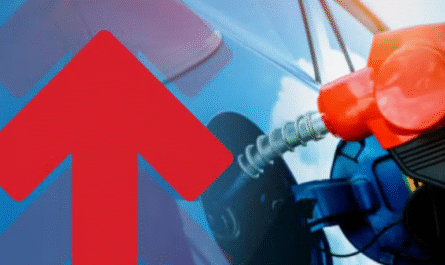The much-anticipated Budget 2025–26, presented by the federal government, brought a fresh wave of reforms aimed at easing the financial burden on the salaried class. At the heart of the announcements were changes to the income tax structure—meant to enhance disposable incomes, boost savings, and simplify compliance.
Let’s break down the new income tax slabs, understand what’s changed, and how these reforms affect salaried individuals across various income brackets.
🧾 What’s New in Budget 2025–26 for Salaried Taxpayers?
The Budget 2025–26 introduced significant revisions to the income tax slabs under the new tax regime, which is now the default option for all taxpayers unless they opt otherwise.
🔹 Key Highlights:
- No tax on income up to Rs. 12 lakh, thanks to expanded rebate and standard deduction.
- Increased standard deduction from Rs. 50,000 to Rs. 75,000 for salaried individuals.
- Introduction of seven income tax slabs for a more progressive structure.
- Section 87A rebate increased to Rs. 60,000 (previously Rs. 12,500), making lower-middle incomes completely tax-free.
📊 New Income Tax Slabs for FY 2025–26 (AY 2026–27)
| Annual Taxable Income | Tax Rate |
|---|---|
| Up to Rs. 4,00,000 | 0% |
| Rs. 4,00,001 – Rs. 8,00,000 | 5% |
| Rs. 8,00,001 – Rs. 12,00,000 | 10% |
| Rs. 12,00,001 – Rs. 16,00,000 | 15% |
| Rs. 16,00,001 – Rs. 20,00,000 | 20% |
| Rs. 20,00,001 – Rs. 24,00,000 | 25% |
| Above Rs. 24,00,000 | 30% |
Note: These rates apply under the new tax regime, after applying standard deductions and rebates where eligible.
Budget 2025-26 Income tax slabs for salaried class explained.
📉 What Does This Mean for You?
Let’s understand the impact with a few examples:
✅ Case 1: Annual Income of Rs. 12.75 Lakh
- Standard deduction: Rs. 75,000
- Taxable income: Rs. 12 lakh
- Rebate under Section 87A: Rs. 60,000
- Total tax payable: Zero
Result: Entire income is tax-free, making it the biggest relief for middle-income salaried individuals.
✅ Case 2: Annual Income of Rs. 15 Lakh
- Standard deduction: Rs. 75,000 → Taxable income: Rs. 14.25 lakh
- Tax on:
- First Rs. 4L: Nil
- Rs. 4L–8L @5% = Rs. 20,000
- Rs. 8L–12L @10% = Rs. 40,000
- Rs. 12L–14.25L @15% = Rs. 33,750
- Total tax = Rs. 93,750 + 4% cess = ~Rs. 97,500
Compared to the previous regime, the tax saving here is nearly Rs. 35,000–50,000.
✅ Case 3: High-Income Earner (Rs. 25 Lakh/year)
- Taxable after deduction = Rs. 24.25 lakh
- Tax as per slab rates = ~Rs. 3.10 lakh (excluding cess)
- Previous tax liability = Rs. 4.25+ lakh
- Tax saving = Over Rs. 1 lakh
⚖️ New Regime vs Old Regime: Which One’s Better?
| Feature | Old Regime | New Regime (Default) |
|---|---|---|
| Standard Deduction | Rs. 50,000 | Rs. 75,000 |
| Section 80C, 80D etc. | Allowed | Not allowed |
| Rebate (87A) Limit | Rs. 12,500 (up to Rs. 5L) | Rs. 60,000 (up to Rs. 12L) |
| Tax Slab Range | 3 slabs (5%, 20%, 30%) | 7 slabs (5% to 30%) |
| Complexity | Higher due to deductions | Lower, straightforward |
Verdict:
- Choose new regime if you don’t claim many deductions (like 80C, home loan, etc.).
- Opt for old regime if you have high exemptions through investments, rent, or loan benefits.
🧮 Who Benefits the Most?
- Middle-income salaried employees (earning up to Rs. 12–15 lakh) will enjoy the maximum tax relief.
- First-time earners, with salaries up to Rs. 12 lakh, can take home their full income—tax-free.
- Higher earners above Rs. 20 lakh still benefit, though proportionally less than middle-income groups.
📝 Final Thoughts
The Budget 2025–26 signals a strong move toward a simpler, fairer tax system for the salaried class. With higher rebates and generous standard deductions, the government is clearly prioritizing middle-class relief and disposable income growth.
For most salaried individuals, the new tax regime now offers a cleaner, more rewarding alternative—and could be the default choice going forward.



